
Car Seat History is fascinating and oftentimes hilarious
At phil&teds we’re parents too, so we understand the challenges faced in the parenting day. One of these challenges is choosing the correct car seat for your infant. This article will give you a short history of the evolution of child car seat that has had a hilariously awkward start. Enjoy this take on Car Seat History.
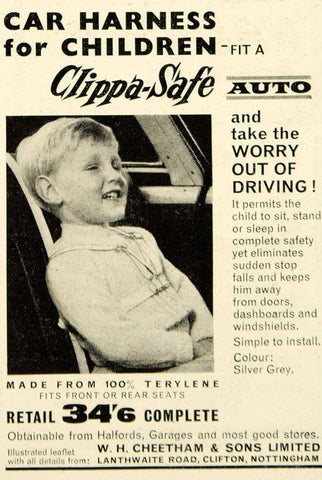
Way back in the day there were no regulations
Car seat manufacture and safety testing processes became regulated in 1971. What you see sold on the shelves today is a culmination of continually improved testing methods courtesy of regulatory advances. Nowadays, there are a large variety of seats that have been tested to a number of different safety standards. At phil&teds we have seats that adhere to three standards: ECE R44/04, AS/NZ 1754 and the FMVSS 213. We will detail the differences between these standards in a different post. Today we’re going to talk about the wacky contraptions our parents, and their parents used to put us into. We’re not promoting the use of these seats. We’re comparing the older models of seats that have been available to what is available now.
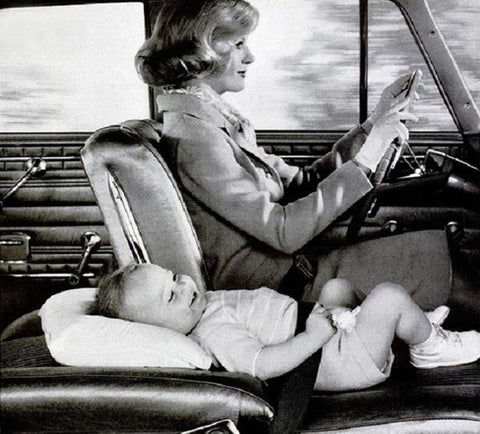
When child car seat technology was in its infancy, car seats were used as restraints for the children – not as safety devices. The thinking was this: "What could be more annoying than a toddler roaming around on the back (or front) seat?" That was literally the problem. A toddler would sit still for about 30 seconds before it would start playing on the back seat. For context - it wasn't until the 1960's when seat-belts became mandatory in all motor vehicles!
Car Seat History from pre-1930 & the 40’s
Large scale child car seat manufacture began in the early 1930s. The car seats purpose was not to ensure the safety of children. It was simply to bring the child to a height where they could see.
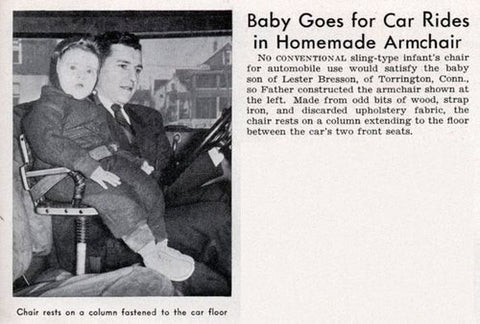
The 'Bunny Bear' company produced the first widely distributed car seat in 1933. This seat sits within today’s description of ‘a booster seat’. It draped across the back of a bench seat, as were the seats of the day. 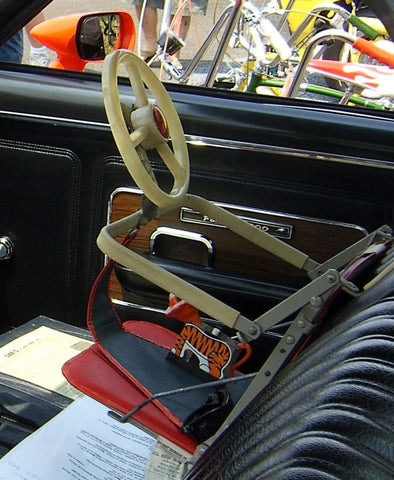
The problems the Bunny Bear company solved were two-fold:
- Restraining the child
- Raising the child so they could see
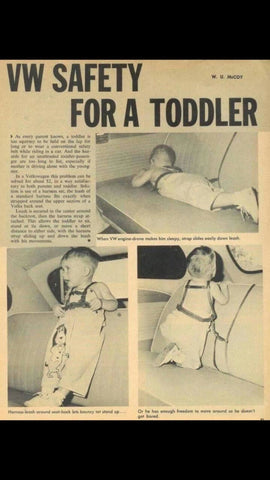
There were many other restraints available such as the above child harness sold by Volkswagen.
1950’s and beyond
Before 1960, physicians made up a large portion of people to have safety belts in their vehicles. This was purely because they had to deal with the ever increasing amount of crash victims. Their seat belts were homemade or sourced from a motor mechanic. It wasn’t until 1955 that Volvo innovated by offering seat belt systems as a standard safety addition to their cars.The course of Car Seat History changes with seat belt innovation
The early 1960s saw some great advances in car seat technology that stemmed from seat belt technology. In 1962, 2 inventors: Leonard Rivkin and Jean Ames both independently developed car seat designs that used the vehicles seat belt. Jean Ames was a Briton, who created a seat that rear faced, not too dissimilar from a modern design. Leonard Rivkin was a Colorado man who made a forward facing seat that used a metal frame. Both designs seeded an idea that then became the benchmark for car seat design – safety. An example of a mass-produced car seat with an emphasis on safety was 1968’s “Tot-Guard” made by the Ford Motor Company. It was a plastic chair that had a padded area in front of the child's face and acted as a cushion upon impact.
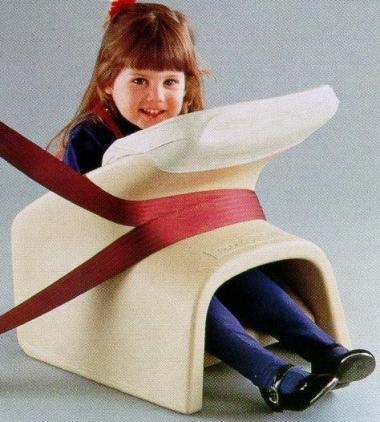
It wasn’t until car seat safety regulations were passed in the 1971 before all companies began to focus solely on safety.








Leave a Comment